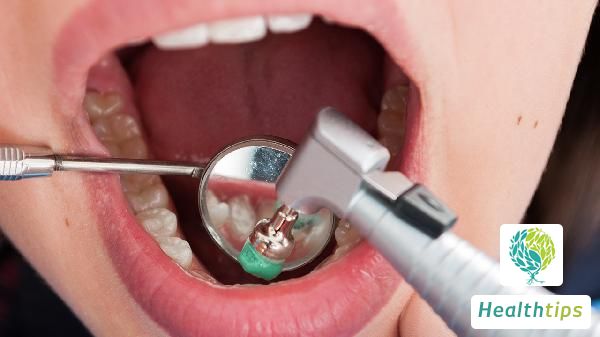Can hysteroscopy treat adnexitis?
Hysteroscopy itself is not the primary method for directly treating adnexitis, but it can aid in the diagnosis and management of lesions related to adnexitis in certain situations. Adnexitis is typically caused by infection and is primarily treated with antibiotics, while multiple approaches may be necessary based on the underlying cause and lesion.

Adnexitis is primarily caused by bacterial infections, with common pathogens including Neisseria gonorrhoeae and Chlamydia trachomatis. The causes can be classified as follows: Infectious factors, such as unhygienic sexual activity, gynecological surgery, or abortion procedures that may introduce infectious sources. Immune decline, making it easier for pathogens to invade reproductive organs when the body's immune function is reduced. Other factors, such as prolonged use of intrauterine devices or untreated chronic pelvic inflammatory disease, may lead to adnexitis.
Hysteroscopy is a minimally invasive diagnostic and therapeutic technique that allows for direct visualization of intrauterine lesions, such as endometrial polyps and intrauterine adhesions. However, for adnexitis, hysteroscopy is not the preferred treatment method, but it may be helpful in the following situations: Diagnostic assistance to determine the presence of secondary intrauterine lesions, such as endometritis. Combined treatment, where, on top of anti-inflammatory therapy, hysteroscopy can be used to repair related issues such as intrauterine adhesions or other lesions. It is important to note that hysteroscopy does not directly act on the fallopian tubes and ovaries and cannot eliminate inflammation in the adnexa.
Infection control is the cornerstone of adnexitis treatment, with specific methods including: Pharmacological treatment, where antibiotics are the first choice for treating adnexitis, with commonly used drugs including cephalosporins (e.g., ceftriaxone), tetracyclines (e.g., doxycycline), and metronidazole, which can be adjusted based on pathogen culture results. Physical therapy for subacute or chronic adnexitis patients may consider pelvic physiotherapy, such as hot compresses and shortwave therapy, to improve local blood circulation and reduce pain. Surgical treatment for patients with ineffective pharmacological treatment, recurrent disease, or the formation of tubal fluid accumulation or ovarian cysts, laparoscopic surgery may be selected to remove the lesion.
Adnexitis patients should pay attention to lifestyle adjustments to consolidate treatment efficacy while undergoing treatment: Emphasize personal hygiene by keeping the private area clean and dry to avoid recurrent infections. Maintain a regular schedule and diet, reducing the intake of cold and irritant foods and increasing the consumption of vitamin-rich fruits and vegetables. Regular follow-ups after treatment to ensure complete recovery. Although hysteroscopy is not the primary method for treating adnexitis, it may have an auxiliary role in specific situations. More importantly, systematic treatment targeting the infection, combined with daily care, is essential for complete recovery.



















